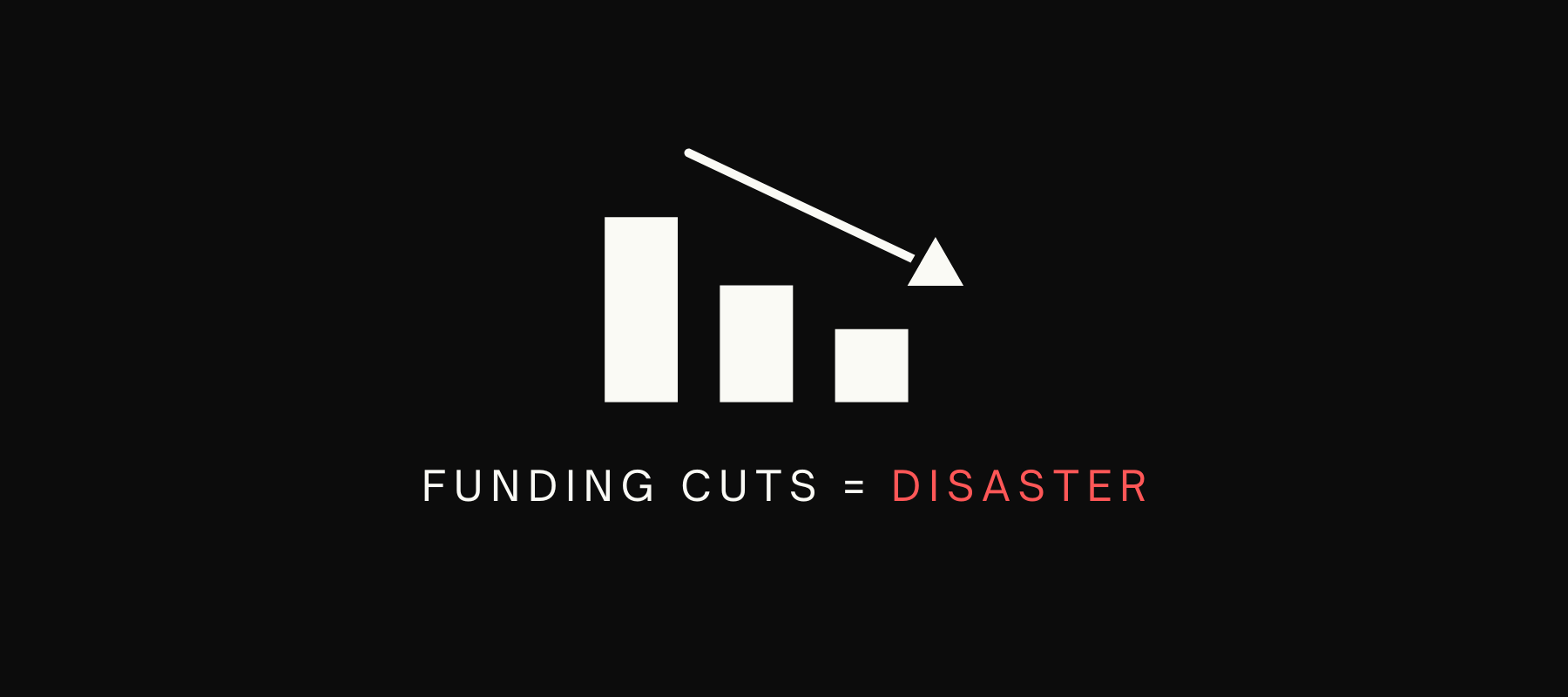Ministry of Environment Cuts: Will That be Oil With Your Water?
British Columbians already have scant information on the number of toxic oil and hazardous waste spills in the province. They may soon have a lot loss.
This, at a time when provincial environmental personnel are stretched razor thin in responding to the nearly 4,000 such spills that occur each year in the province.
This year, due to budgetary restraints, the provincial Ministry of Environment’s Environmental Emergency Management Program will not be publishing its 2009-2010 annual report.
The last such report in 2008-2009, offers interesting details on just what public servants working to protect human health and the environment from toxic pollutants are up against – everything from the build-up of manure gasses at a Lower Mainland mushroom farm that killed three farm workers and injured two others, to a truck accident that caused 19,000 litres of toxic sodium hydrosulphide to spill into a small lake, threatening the salmon-rich waters of the nearby Nadina River outside of Houston.
That the public will not have access to such reporting this year and perhaps in the years ahead is to say the least troubling, especially when the risks of oil spills and other contamination events are increasing. For example, 2009 was a record year for oil tanker shipments out of the Port of Vancouver. Meanwhile, B.C.’s natural gas industry is rapidly increasing its usage of “hydraulic fracturing” – a procedure that involves pumping hundreds of millions of litres of water laced with chemicals under extremely high pressure underground to crack open or fracture deeply buried shale rock formations in order to release their trapped gas.
But more troubling by far is the anemic staffing levels that now prevail in the ministry tasked with responding to and hopefully preventing such spills.
B.C.’s Ministry of Environment reports that more than 4,000 environmental emergencies occur annually in B.C., and that of those emergencies 95% involve spills of oil and other hazardous materials. The spills occur across the province, which makes responding to them an immense challenge given that B.C. is four times larger than Great Britain and has a coastline that, with its many inlets and outlying islands, stretches for more than 27,000 kilometres or well over half the Earth’s circumference at the equator.
Tasked with responding to spills over this massive area of land and water is a team of just over 13 full-time equivalent positions in the Ministry of Environment. The total budget for the spills response program including salaries is approximately $2.5 million, of which $150,000 in total is budgeted for travel.
In neighboring Washington, meanwhile, the state’s Department of Ecology employs the equivalent of 77.7 full-time positions in its Spill Prevention, Preparedness and Response Program, and arms them with a budget of $29.1 million. Not only does the state devote more people and resources to combating spills, its budget per employee is close to double that of B.C.
When it comes to putting environmental officials where they are needed most – into boats, or traveling major transportation corridors, or visiting factories and warehouses where potentially catastrophic leaks might reasonably be expected to occur – Washington has B.C. beat hands down.
For 30 years, Stafford Reid worked in B.C.’s environment ministry, 17 of them in spills response. Back in his early days in spills response, 11 people worked full-time out of Victoria and another 17 in offices spread around the province. Today’s staffing levels concern Reid, particularly in key areas like northeastern B.C. – an area the size of Nebraska – where currently there are only 1.2 dedicated positions, a number three to four times below what Reid says is required.
But staffing levels are not Reid’s biggest concern. Reid, who now runs an environmental consulting company that specializes in marine oil spills response and shoreline clean-up plans, says the constant shifting of senior personnel within the ministry means that there is simply no continuity. In his years in spills response, for example, Reid said he had 15 different bosses.
“There needs to be a vision within MOE that spills prevention is important, and that should be reflected in the program,” Reid says.
The program may, if called upon, be able to respond to spills. It may even be able to train others to respond to spills. But a third and vital tier is missing – prevention.
Effective prevention work means committing to periodic unannounced audits of high-risk industries, follow-up inspections at problem sites, and penalties where non-compliance is noted. “That third tier is not there in a structured sort of way. It’s ad-hoc,” says Reid. That is not the case in Washington, he adds.
Back in Reid’s early days in spills response, an incident was still very fresh in his mind. In December 1988, a tug had run into the barge it was towing causing oil to flow into the waters off of Gray’s Harbour in Washington. Prevailing winds soon carried the bunker oil to numerous beaches on Vancouver Island’s west coast, killing an estimated 56,000 seabirds along the way. The spill from the Nestucca was dwarfed a few months later from a massive oil leak from another vessel – the Exxon Valdez.
The destruction wrought by the Nestucca spill is instructive when viewed against present realities. Just 5,500 barrels spilled from the barge’s pierced hull. Last year on average oil tankers leaving Vancouver’s busy harbour carried nearly 100 times more oil on average or 439,834 barrels.
Bigger boats carrying bigger volumes of toxic substances with fewer officials overseeing the potential for spills strikes Reid as a bad mix, much like oil with water.
Topics: Environment, resources & sustainability, Provincial budget & finance

